Home>Gardening & Outdoor>Pool & Spa Care>How To Get Rid Of Cloudy Water In Hot Tub
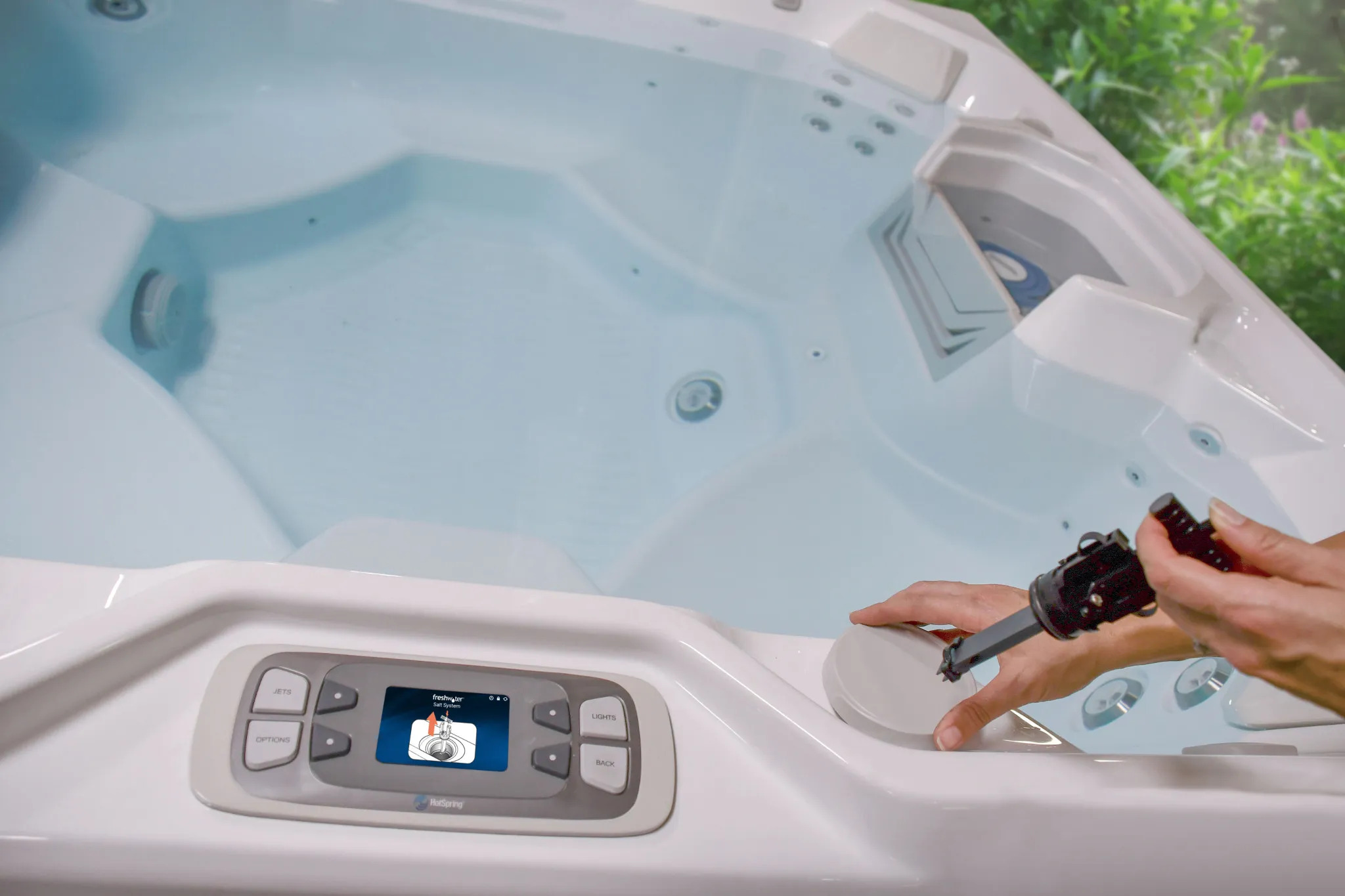

Pool & Spa Care
How To Get Rid Of Cloudy Water In Hot Tub
Published: December 28, 2023
Learn effective pool and spa care tips to get rid of cloudy water in your hot tub. Discover expert advice and solutions for crystal clear water. Keep your pool and spa clean and inviting with our helpful tips.
(Many of the links in this article redirect to a specific reviewed product. Your purchase of these products through affiliate links helps to generate commission for Storables.com, at no extra cost. Learn more)
Introduction
Welcome to the wonderful world of hot tub ownership! There’s nothing quite like soaking in the warm, bubbling water after a long day. However, cloudy water can quickly put a damper on your relaxation. Don’t worry though, cloudy water is a common issue with hot tubs, and it’s usually easy to fix once you understand the causes and solutions.
In this guide, we’ll explore the common reasons behind cloudy water in hot tubs and discuss effective strategies to restore crystal-clear water. Whether you’re a new hot tub owner or a seasoned enthusiast, this comprehensive resource will equip you with the knowledge and techniques to keep your hot tub water sparkling and inviting. So, let’s dive in and uncover the secrets to maintaining pristine water in your hot tub!
Key Takeaways:
- Keep your hot tub water crystal clear by regularly testing and balancing pH, alkalinity, and sanitizer levels. Shock the water and clean filters to eliminate impurities and maintain a healthy hot tub environment.
- Prevent cloudy water in your hot tub by skimming, draining and refilling, and using advanced sanitization technologies. Educate users on proper hygiene practices and maintain a well-fitted cover for a consistently inviting soaking experience.
Read more: How To Get Rid Of Brown Water In Hot Tub
Understanding the Causes of Cloudy Water
Cloudy water in a hot tub can be attributed to various factors, and understanding these root causes is crucial for implementing the appropriate corrective measures. Here are the primary culprits behind cloudy hot tub water:
- Imbalanced Water Chemistry: One of the most common reasons for cloudy water is imbalanced water chemistry. When the pH, alkalinity, or sanitizer levels are off, it can lead to cloudiness. High levels of dissolved solids and metals can also contribute to cloudy water.
- Bather Contamination: The oils, lotions, sweat, and other contaminants introduced by bathers can impact water clarity. These substances can accumulate in the water, leading to cloudiness and affecting the effectiveness of sanitizers.
- Inadequate Filtration: If the hot tub’s filtration system is not functioning optimally or the filter cartridges are dirty or clogged, it can result in poor water circulation and filtration. This, in turn, can lead to cloudy water due to the accumulation of debris and impurities.
- Environmental Factors: External elements such as pollen, dust, and organic debris can find their way into the hot tub, contributing to cloudiness. Additionally, exposure to sunlight can cause algae growth, further impacting water clarity.
By recognizing these potential causes, hot tub owners can take targeted steps to address cloudy water issues. In the following sections, we’ll delve into the specific actions and remedies to combat each of these factors, ensuring that your hot tub water remains pristine and inviting.
Testing and Balancing the Water Chemistry
Ensuring proper water chemistry is fundamental to maintaining clear and balanced hot tub water. Regular testing and adjustment of key chemical levels are essential for preventing and remedying cloudy water. Here’s a step-by-step guide to testing and balancing the water chemistry in your hot tub:
1. Testing Water Parameters
Use a reliable test kit to measure the following essential parameters:
- pH Level: Aim for a pH level between 7.2 and 7.8. If the pH is too high, it can lead to cloudy water and scale formation. Conversely, low pH can cause corrosion and skin irritation.
- Total Alkalinity (TA): Maintain TA within the range of 80-120 ppm to stabilize the pH and prevent rapid fluctuations.
- Sanitizer Levels: Ensure that the sanitizer, such as chlorine or bromine, is within the recommended range for effective disinfection without causing cloudiness.
- Calcium Hardness: Ideal calcium hardness levels range from 150-250 ppm (parts per million) to prevent water foaming, scaling, or cloudiness.
2. Adjusting Chemical Levels
Based on the test results, make targeted adjustments to rebalance the water chemistry. Use appropriate chemical products to raise or lower pH, alkalinity, or sanitizer levels as needed. Follow the manufacturer’s instructions and dosage recommendations carefully to avoid overcorrection.
Read more: How To Clear Cloudy Hot Tub Water
3. Oxidizing the Water
Consider using a non-chlorine shock or oxidizing agent to break down organic contaminants and restore water clarity. This process helps eliminate residual impurities and rejuvenates the effectiveness of sanitizers.
4. Regular Maintenance
Establish a routine maintenance schedule for testing and adjusting the water chemistry. Consistent monitoring and proactive adjustments can prevent cloudy water and promote a healthy hot tub environment.
By diligently testing and balancing the water chemistry, hot tub owners can proactively combat cloudy water issues and maintain a pristine and inviting soaking experience for all. In the next sections, we will explore additional strategies to address and prevent cloudy water in hot tubs.
Shocking the Hot Tub
Shocking the hot tub is a crucial maintenance practice that helps combat cloudy water and eliminate organic contaminants, ensuring that the water remains clear and safe for use. The process of shocking, also known as super chlorination in the case of chlorine-based systems, involves a significant increase in sanitizer levels to oxidize and eliminate accumulated impurities. Here’s a detailed overview of the steps involved in shocking the hot tub:
1. Selecting the Shock Treatment
Choose an appropriate shock treatment based on the type of sanitizer used in your hot tub. Options include non-chlorine shocks, which are ideal for bromine-based systems, and chlorine-based shocks for chlorine-treated hot tubs. Consider using a shock product with added clarifiers to aid in restoring water clarity.
Read more: Why Is My Hot Tub Water Cloudy And Foamy
2. Determining the Shock Dosage
Refer to the manufacturer’s guidelines and recommended dosage instructions for the selected shock treatment. Factors such as water volume, current sanitizer levels, and the severity of cloudiness will influence the appropriate shock dosage. It’s crucial to measure accurately to avoid overuse, which can lead to skin irritation or damage to hot tub components.
3. Application of Shock Treatment
With the hot tub running, add the calculated amount of shock treatment directly to the water. Ensure thorough mixing by running the circulation system for at least 15-20 minutes to distribute the shock evenly throughout the water. This promotes effective oxidation and sanitization of the entire hot tub volume.
4. Post-Shock Water Testing
After allowing the shock treatment to circulate for the recommended duration, test the water to verify that the sanitizer levels have returned to the appropriate range for safe use. Additionally, check the pH and total alkalinity to ensure that the water remains balanced.
5. Repeat if Necessary
If the water remains cloudy or if the test results indicate inadequate sanitizer levels, consider repeating the shock treatment after allowing sufficient time for the previous application to take effect. Persistent cloudiness may require multiple shock treatments to fully restore water clarity.
Regularly incorporating shock treatments into the hot tub maintenance routine helps prevent cloudy water and maintains a hygienic and inviting soaking environment. In the following sections, we’ll explore additional strategies to address and prevent cloudy water, ensuring that your hot tub remains a source of relaxation and enjoyment.
Read more: How To Get Rid Of Scum In Hot Tub
Cleaning the Filters
Proper maintenance of the hot tub’s filtration system is essential for preserving water clarity and quality. Over time, the filter cartridges accumulate debris, oils, and other contaminants, hindering their effectiveness in trapping impurities. Regular cleaning and maintenance of the filters are crucial for preventing cloudy water and ensuring optimal water circulation. Here’s a comprehensive guide to cleaning the filters in your hot tub:
1. Inspection of Filter Condition
Begin by turning off the hot tub and removing the filter cartridges for inspection. Examine the filters for signs of wear, damage, or excessive debris accumulation. If the filters appear worn or damaged, consider replacing them with new, compatible cartridges to maintain effective filtration.
2. Rinsing and Soaking
Rinse the filter cartridges thoroughly with a high-pressure hose to dislodge surface debris and contaminants. Subsequently, prepare a cleaning solution by diluting a specialized filter cleaner or a mild, non-abrasive detergent in a bucket of water. Soak the filters in the cleaning solution for the recommended duration to dissolve and loosen embedded contaminants.
3. Brushing and Re-Rinsing
After soaking, use a filter cleaning brush to gently scrub the filter pleats, ensuring thorough removal of residual debris and oils. Rinse the filters again with the hose to flush out dislodged impurities and cleaning solution, promoting clean and unobstructed filtration media.
Read more: How To Get Rid Of Scaling In Hot Tub
4. Drying and Reinstallation
Allow the filter cartridges to air-dry completely before reinstalling them in the hot tub. Ensure that the filters are properly seated and secured in their respective housing to prevent leaks and maintain efficient water circulation. Regularly rotating between multiple sets of filters can extend their lifespan and enhance filtration performance.
5. Routine Maintenance Schedule
Establish a recurring schedule for filter maintenance, considering factors such as hot tub usage frequency and environmental conditions. Regularly cleaning and inspecting the filters, typically every 3-4 weeks, can prevent the accumulation of debris and contaminants that contribute to cloudy water.
By diligently maintaining and cleaning the filters, hot tub owners can optimize water clarity and ensure that the filtration system operates at peak efficiency. In the subsequent sections, we’ll delve into additional strategies for preventing and addressing cloudy water in hot tubs, empowering you to enjoy a consistently pristine soaking experience.
Regular Maintenance and Prevention
Consistent and proactive maintenance practices are instrumental in preventing cloudy water and preserving the overall health of your hot tub. By incorporating these preventive measures into your routine, you can minimize the risk of water cloudiness and sustain a clean and inviting hot tub environment. Here are key strategies for regular maintenance and prevention:
1. Diligent Water Testing
Adhere to a regular schedule for testing the hot tub water, ideally at least twice a week or as recommended by the manufacturer. Promptly address any deviations in pH, alkalinity, or sanitizer levels to prevent imbalances that can lead to cloudy water. Maintaining proper water chemistry is foundational for water clarity and bather comfort.
Read more: How To Get Rid Of Algae In Hot Tub
2. Skimming and Surface Cleaning
Regularly skim the water surface to remove leaves, debris, and other floating contaminants. Use a fine mesh skimmer to capture and eliminate these impurities, preventing them from settling and contributing to cloudy water. Additionally, wipe down the waterline and surfaces to remove any accumulated oils and residues.
3. Draining and Refilling
Follow a routine schedule for draining and refilling the hot tub water, typically every 3 to 4 months, or as recommended based on usage and water quality. This practice helps refresh the water, remove accumulated dissolved solids, and maintain water clarity. Ensure proper disposal of the old water according to local regulations.
4. UV-C and Ozone Sanitization
Consider integrating UV-C sterilization or ozone sanitation systems into your hot tub setup. These technologies help neutralize bacteria, viruses, and organic contaminants, reducing the reliance on traditional chemical sanitizers. This can contribute to improved water clarity and overall water quality.
5. Cover Usage and Maintenance
Utilize a well-maintained and properly fitted hot tub cover to minimize the introduction of external debris and contaminants. Regularly clean and condition the cover to preserve its integrity and effectiveness in safeguarding the hot tub water from environmental influences.
Read more: How To Get Rid Of Cloudy Glass
6. Educating Users
Inform and educate hot tub users about proper hygiene practices before entering the hot tub. Encourage individuals to shower before use and avoid introducing lotions, oils, or other contaminants into the water, promoting a cleaner and healthier hot tub environment.
By embracing these proactive maintenance measures, hot tub owners can mitigate the risk of cloudy water and sustain a consistently clear and inviting soaking experience. In the subsequent section, we’ll conclude with a recap of the essential strategies and best practices for maintaining pristine hot tub water.
Conclusion
Congratulations! You’ve now gained valuable insights into the causes of cloudy water in hot tubs and learned effective strategies to combat this common issue. By understanding the importance of balanced water chemistry, regular maintenance, and proactive prevention, you’re well-equipped to maintain crystal-clear water in your hot tub and ensure a delightful soaking experience for years to come.
Remember, maintaining proper water chemistry through diligent testing and adjustment is the cornerstone of water clarity. By routinely testing and balancing pH, alkalinity, and sanitizer levels, you can prevent imbalances that lead to cloudy water and maintain a healthy hot tub environment.
Additionally, the practice of shocking the hot tub and cleaning the filters are vital components of a comprehensive maintenance regimen. Regularly shocking the water helps eliminate organic contaminants, while thorough cleaning and maintenance of the filters ensure optimal water circulation and filtration, further preventing cloudiness.
By embracing regular maintenance practices, such as skimming, draining and refilling, and utilizing advanced sanitization technologies, you can proactively prevent cloudiness and sustain a pristine hot tub environment. Educating users about proper hygiene practices and maintaining a well-fitted cover also contribute to a cleaner and healthier hot tub experience.
As you embark on your journey to maintain clear and inviting hot tub water, remember that consistency and attention to detail are key. By implementing the strategies outlined in this guide and staying proactive in your maintenance efforts, you can enjoy the therapeutic benefits of your hot tub with the confidence of pristine, sparkling water.
Now, go ahead and put your newfound knowledge into practice, and revel in the rejuvenating oasis of your hot tub, knowing that you have the expertise to keep the water crystal clear and inviting. Here’s to many blissful and relaxing moments in your perfectly maintained hot tub!
Frequently Asked Questions about How To Get Rid Of Cloudy Water In Hot Tub
Was this page helpful?
At Storables.com, we guarantee accurate and reliable information. Our content, validated by Expert Board Contributors, is crafted following stringent Editorial Policies. We're committed to providing you with well-researched, expert-backed insights for all your informational needs.
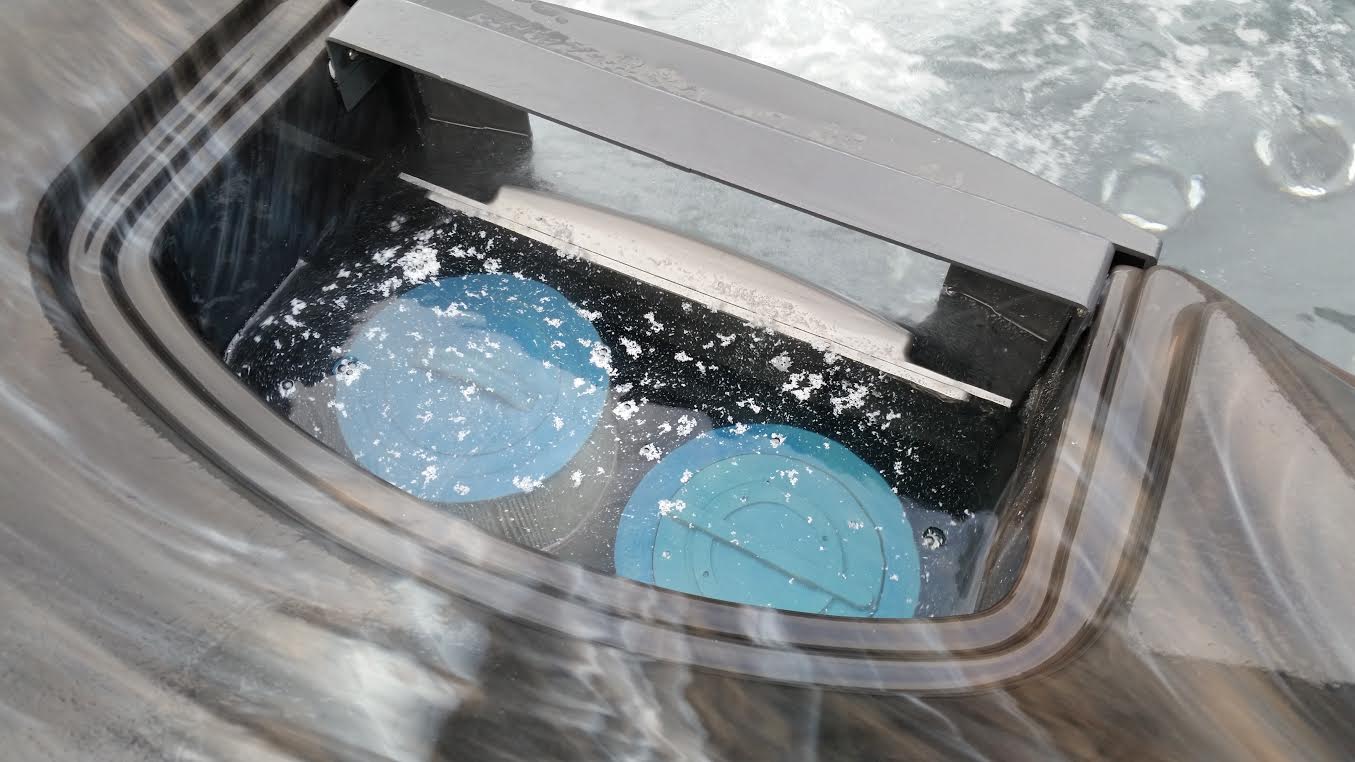
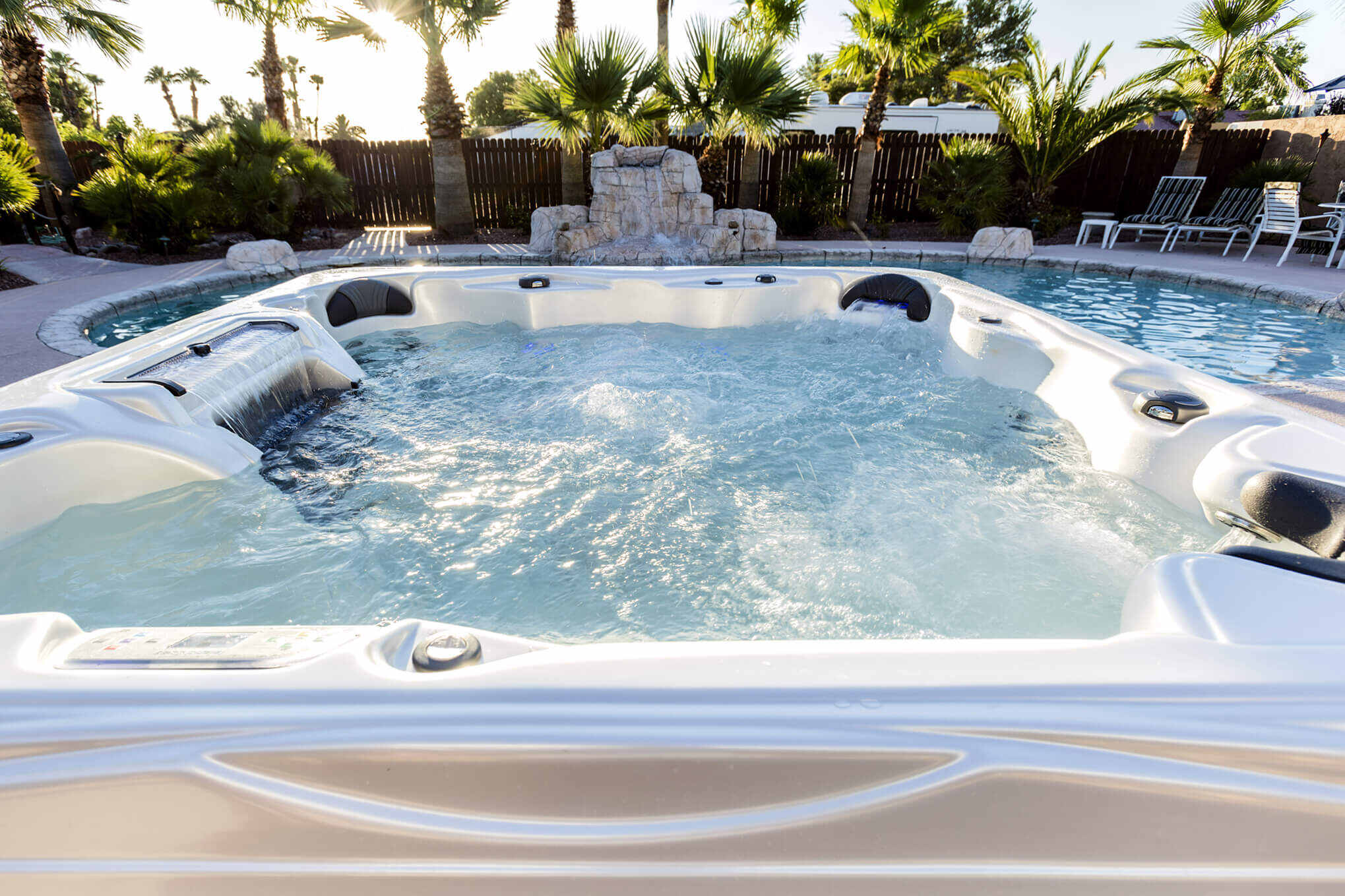
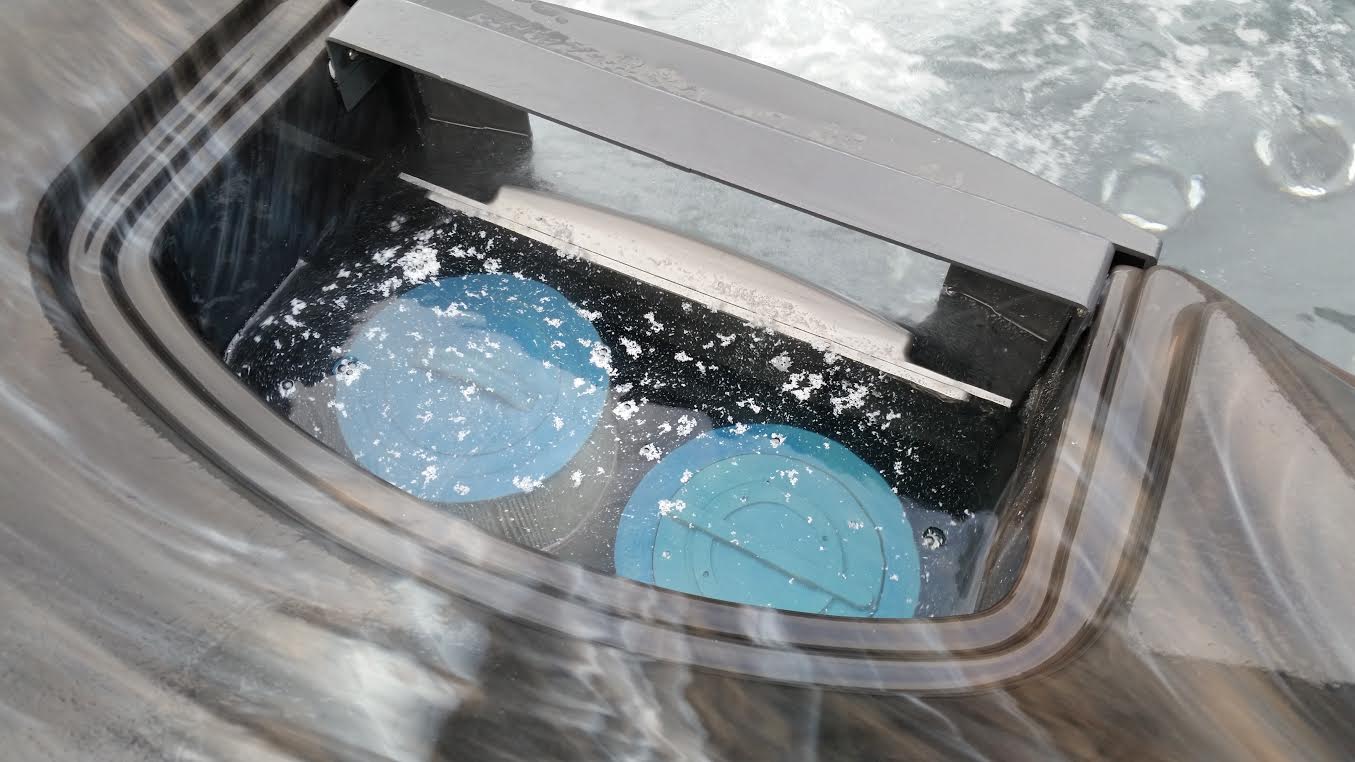
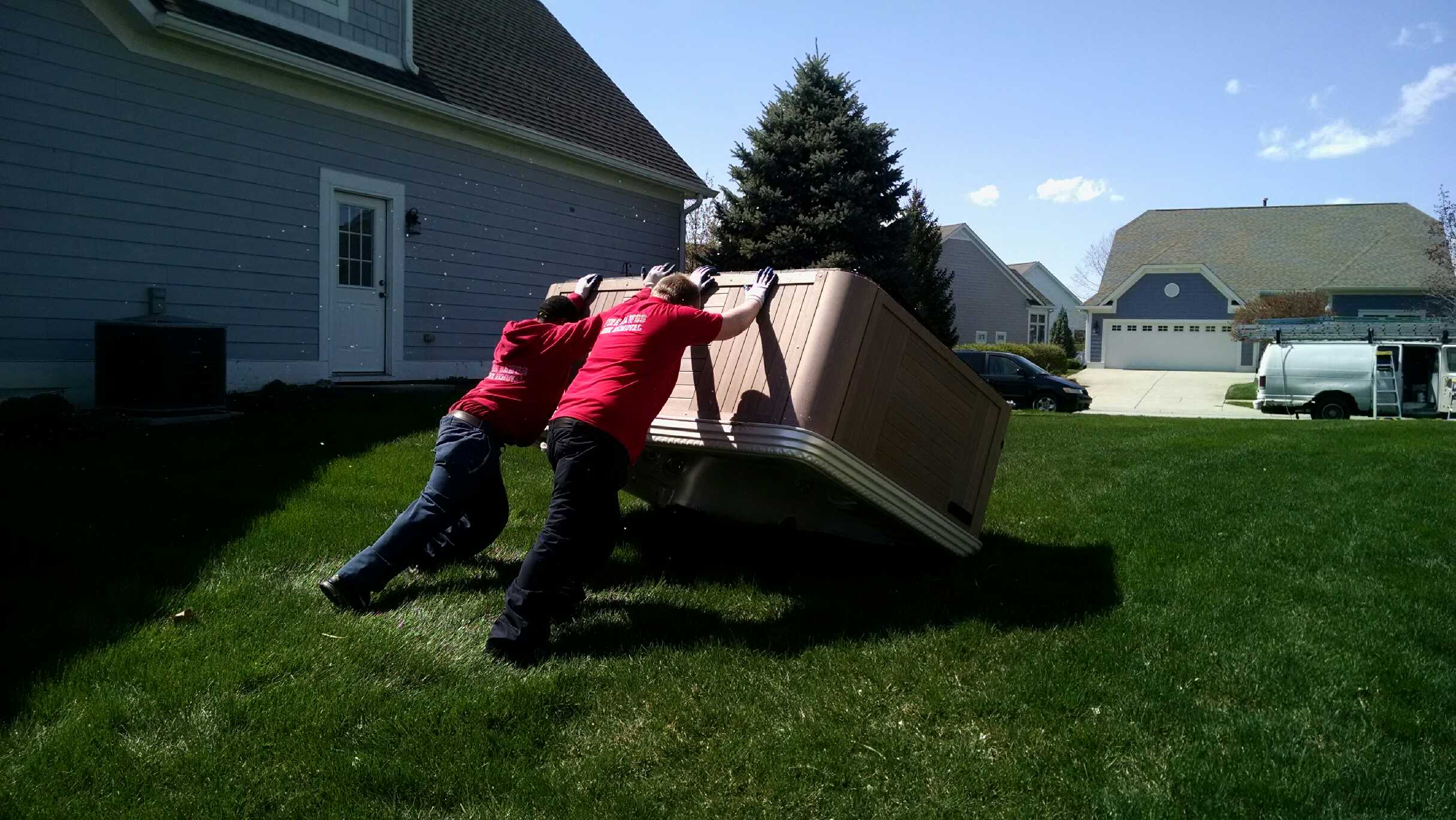
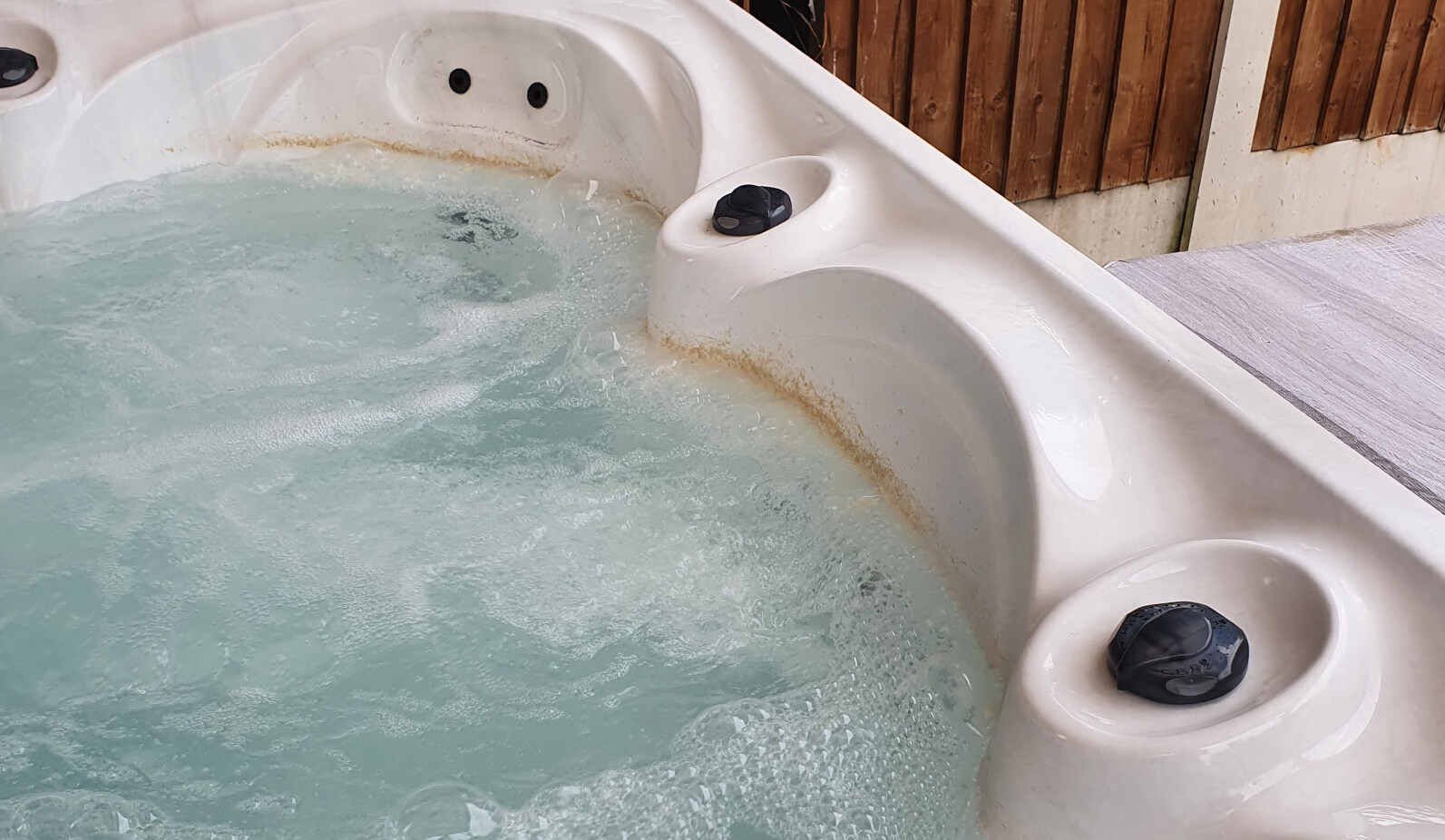
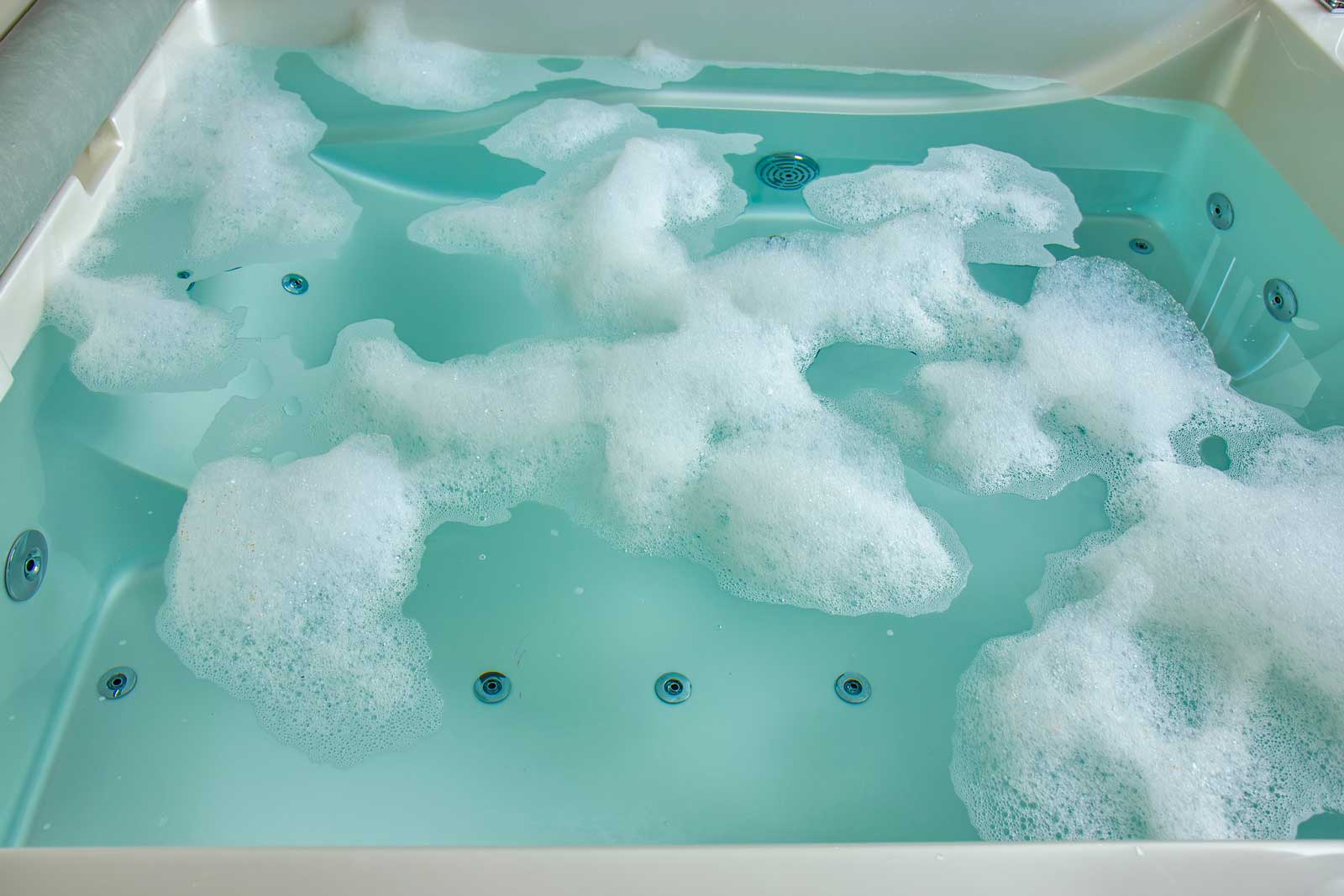
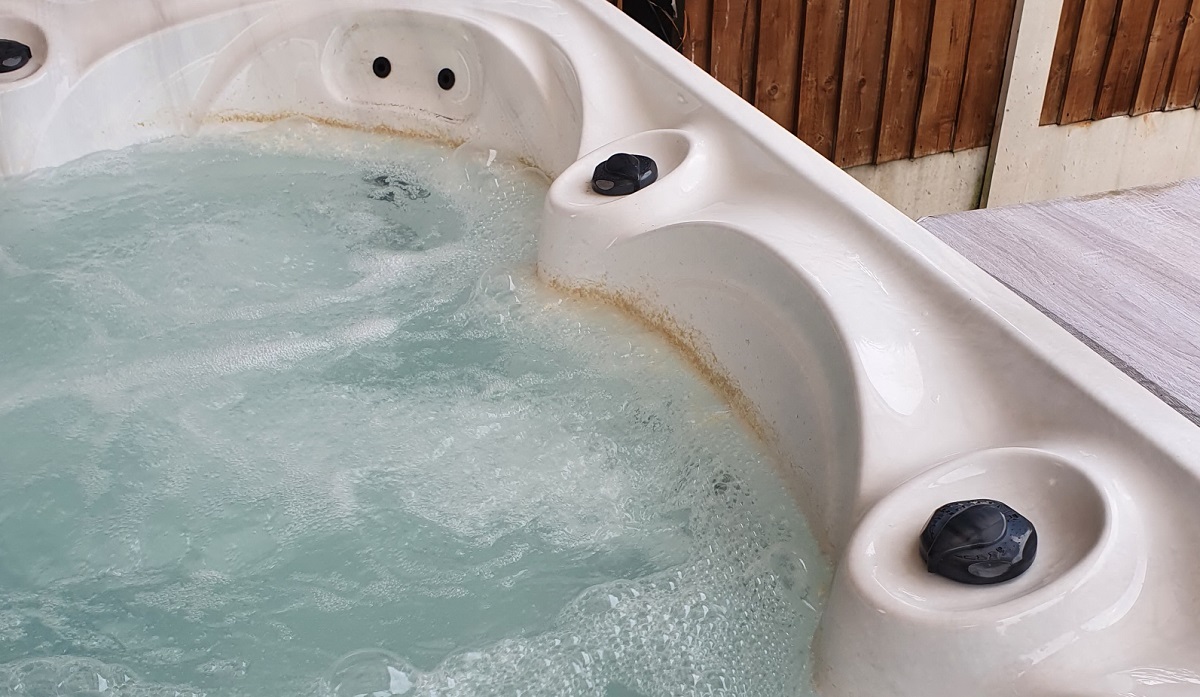
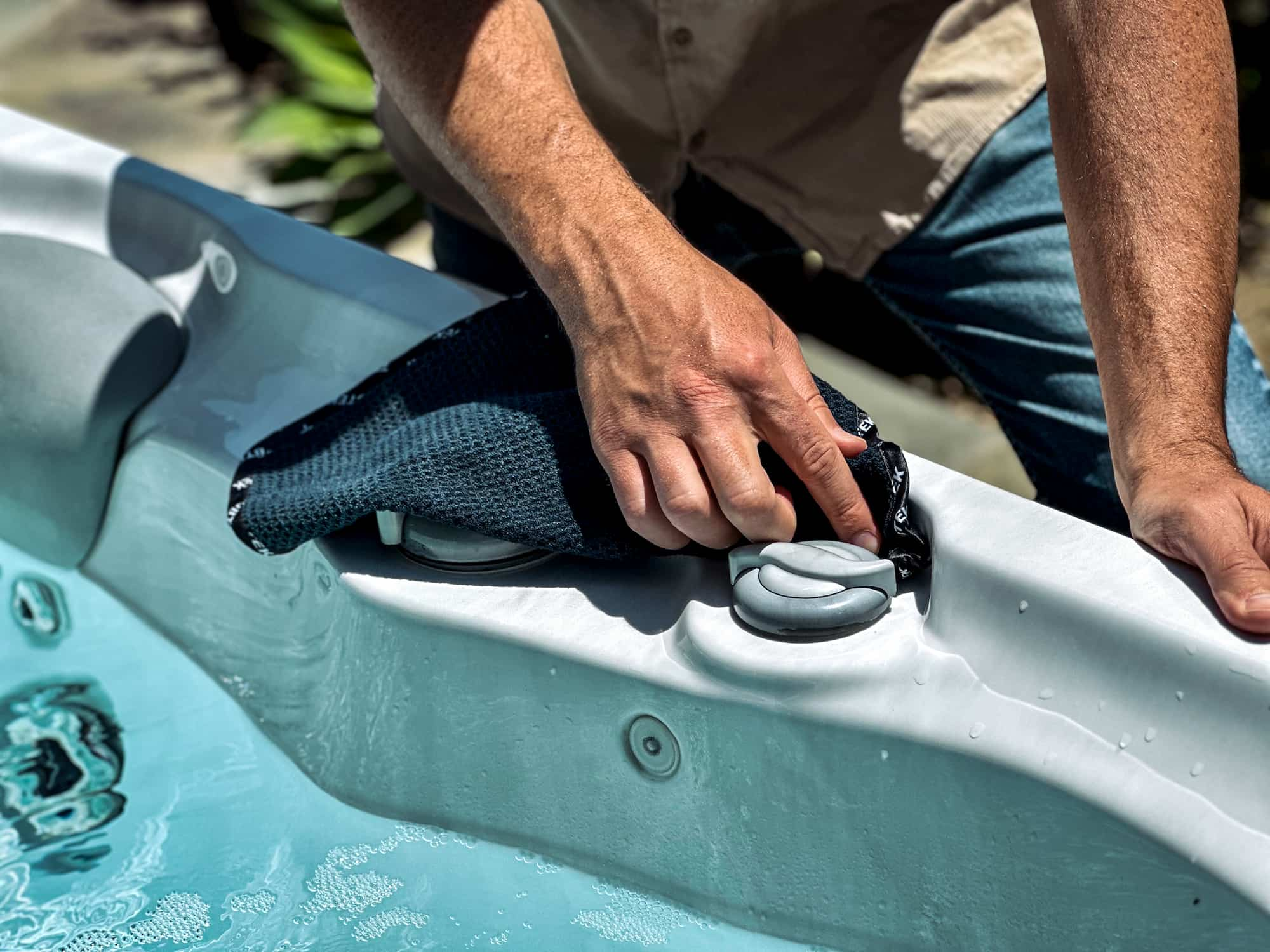
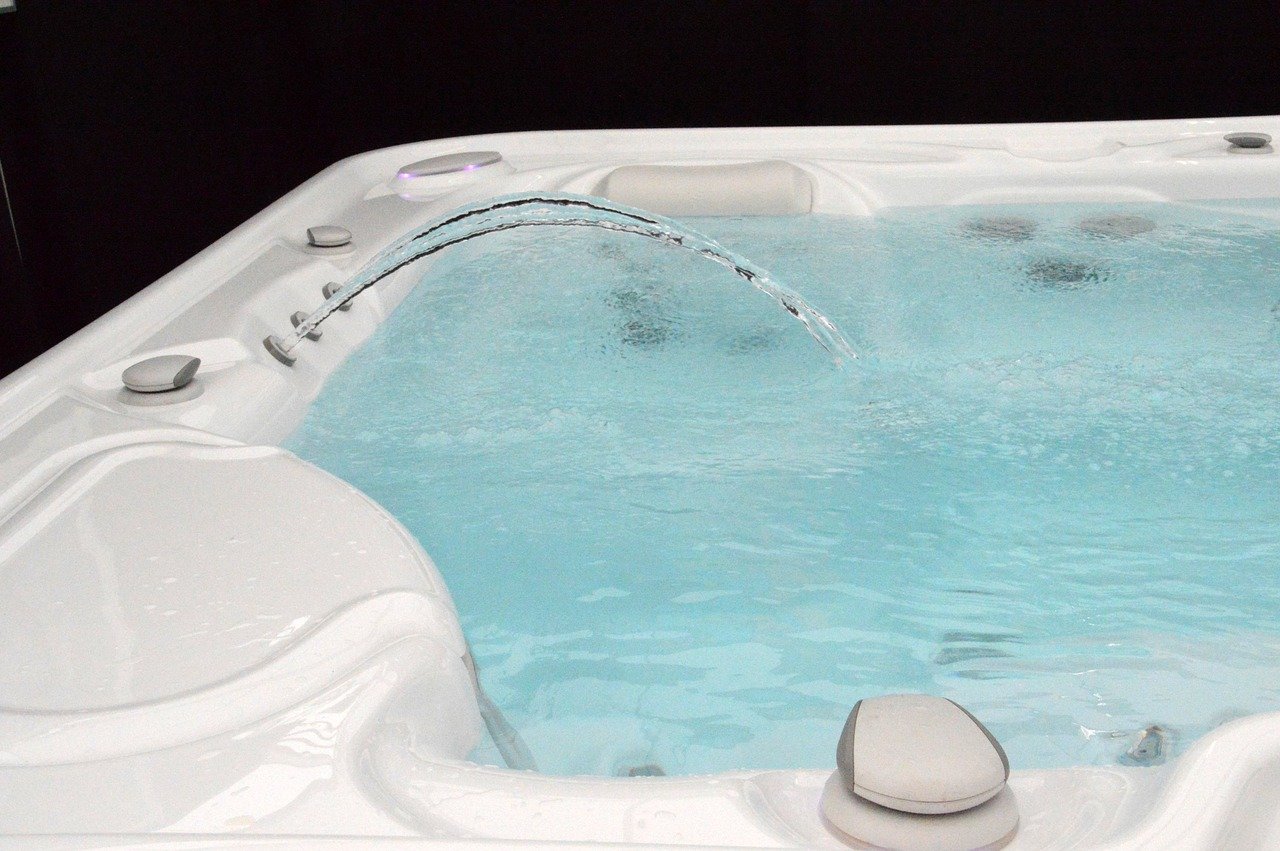

0 thoughts on “How To Get Rid Of Cloudy Water In Hot Tub”